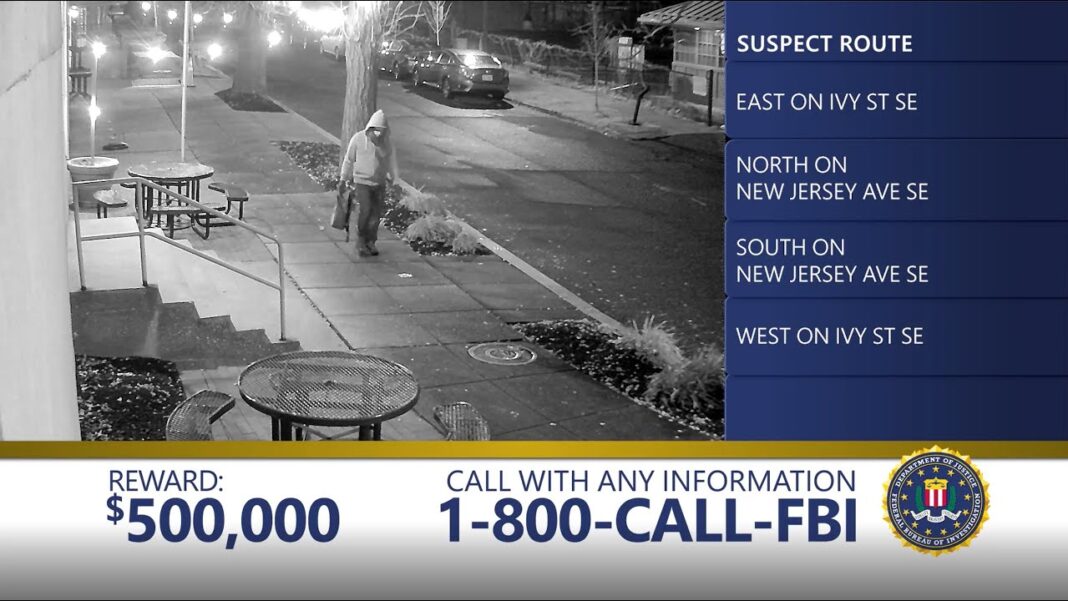The new bipartisan measure requires plain-language explanations, clear deadlines, and easier appeal options for tax filers.
Congress has passed a bipartisan bill designed to make it easier for Americans to understand and respond to IRS math-error notices, a frequent source of confusion and frustration for millions of taxpayers.
The Senate on Oct. 21 unanimously passed the measure, called the Internal Revenue Service Math and Taxpayer Help Act (IRS MATH Act), which cleared the House earlier this year. It now heads to President Donald Trump for his signature.
During tax year 2023, the IRS issued more than 1 million math-error notices flagging over 1.2 million mistakes in tax returns that were clerical or mathematical in nature, according to agency data. The notices can trigger tax adjustments and even penalties, often with limited explanation about what went wrong or how to appeal.
The new law—H.R. 998—requires the IRS to issue more detailed, plain-language notices that spell out exactly what the problem is, where it occurred, and how taxpayers can fix it. It also establishes new procedures to request corrections and a pilot program to test certified mail delivery for greater accountability.
A Simpler Process
The IRS MATH Act, authored by Sens. Elizabeth Warren (D-Mass.) and Bill Cassidy (R-La.), mandates that any math- or clerical-error notice must identify the exact line of the tax return where the mistake occurred, describe the nature of the error, and include an itemized list of all adjustments the IRS made as a result.
Each notice must also include a bold, clearly visible deadline—printed in 14-point font—next to the taxpayer’s address, showing when the taxpayer must respond or request an abatement. The law preserves a 60-day window to challenge IRS determinations.
“No one should have to spend a fortune on a lawyer or hours trying to figure out what went wrong on their taxes when the IRS already knows the answer,” Warren said in a joint statement with Cassidy, who added, “If the IRS thinks someone made an honest mistake filing their taxes, the IRS should be clear about how to correct it.”
Expanded Appeal and Communication Options
Beyond clearer notices, the measure directs the Treasury Department to create new ways for taxpayers to request abatements—that is, to ask the IRS to reverse an incorrect adjustment. Under the new options, which are to be established not longer than 180 days after Trump signs the bill into law, taxpayers will be able to make the requests in writing, by phone, online, or in person. The aim is to improve accessibility for individuals who don’t rely on the services of tax professionals.
By Tom Ozimek








